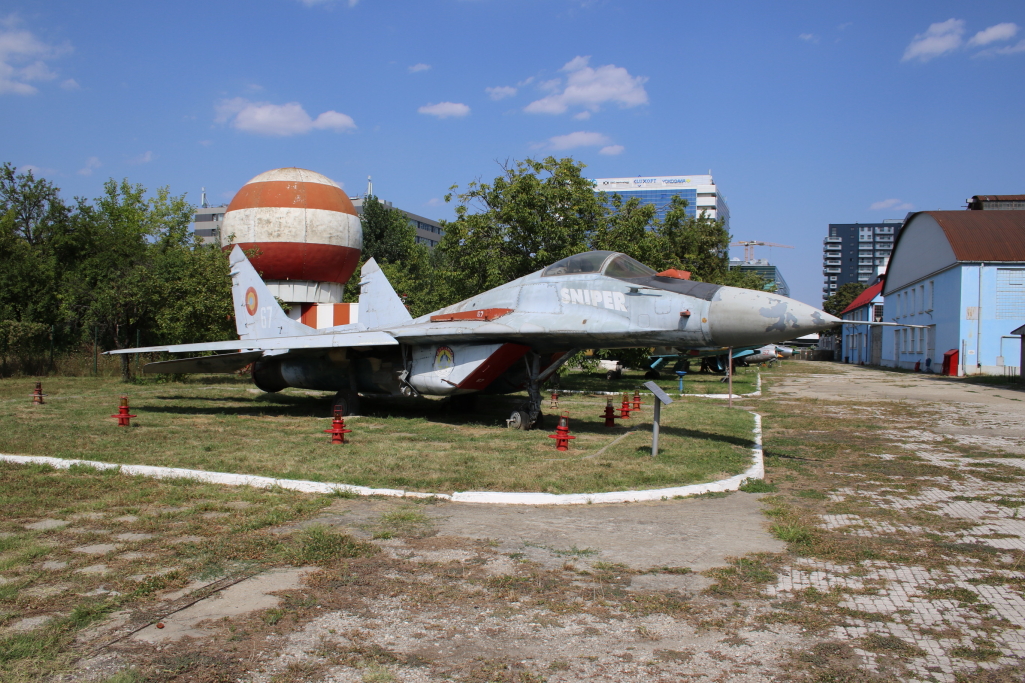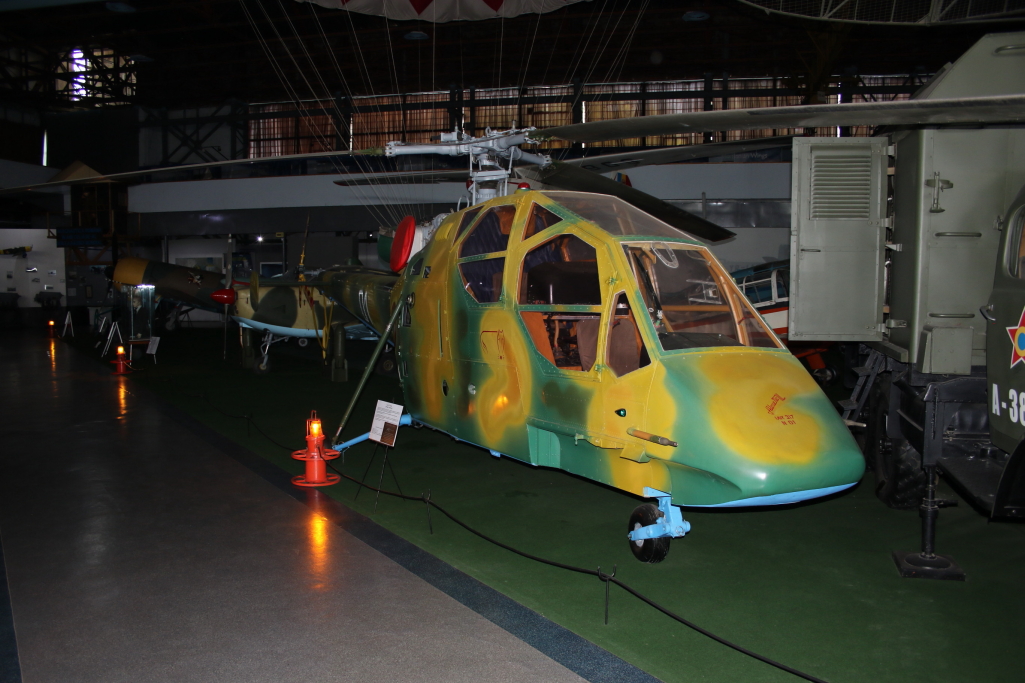|
The Romanian Aviation
Museum in Bucharest

Although founded in 1990, the Aviation
Museum was open for the public in 1993.
Nowadays, you can find the museum on
the space of the first airfield in Bucharest, in Pipera.
The museum opened in 1993 in 5 camp tents at the Otopeni military
airfield.
In 1995, the Military Aviation Command assigned the museum a space in
front of the Baneasa International Airport. Here, it operated until
1998.
Subsequently, the Air Force Staff assigned a new exhibition area near
Otopeni International Airport, the inauguration took place on 2 March
2000.

|
The MiG-29 Sniper programe from Aerostar of Romania and
Elbit of Israel included modernisation of the airframe and
engines, and upgrades of the avionics with a new Elbit
digital mission computer and weapon systems, and the
installation of a glass cockpit.
|
Since 2006, the Romanian National Aviation Museum is located in the
northern part of Bucharest, in the hangars which in the first half of
the 20th century were on the south side of the Pipera military airfield.
This aerodrome was set up in 1915 for the training of pilot pilots at
the Cotroceni Military Pilot School. The exhibition space of the
Romanian National Aviation Museum includes two hangar buildings and an
open-air exhibition.

|
The IAR 317 Airfox is a Light attack helicopter prototype
built in Romania by IAR. Based on IAR-316B with new stepped
two-seat armoured cockpit and external weapons points.
|
Hangar 1 (Traian Vuia Hall) The basic exhibition presents the history
of aeronautics from the beginning until 1959. In the spaces dedicated to
the three pioneers of the Romanian aviation: Traian Vuia, Aurel Vlaicu
and Henri Coanda, the Vuia plane no.1 is replicated, models of aircraft
made by them, as well as objects and documents belonging to the engineer
Aurel Vlaicu.
The "Virtue Aviation" National Order, the first aeronautical order in
the world, founded by King Charles II in 1930, is a representative
feature of the interwar period. The space for the Second World War is
highlighted by the presentation of the IAR 80 aircraft, of
personalities, uniforms, documents. The period after 1945 is highlighted
by reaction hunting jets and radiolocation stations.
In the passage that connects the two
hangars, the atmosphere of a street from the interwar period is
recreated and the manner in which the Romanian society and aviation have
been intertwined is depicted.
Hangar 2 The basic exhibition is
dedicated to the 1960s and 1970s. The reactive airplanes shown are MiG
type 17, 19 and 21, L-29. The exhibition is completed by flight
simulators, radiolocation technique and anti-aircraft artillery specific
to the era.

|
The IAR 80 was a Romanian World War II fighter and
ground-attack aircraft.
After the Soviet occupation of Romania, all remaining IAR
80s were replaced with Soviet designs and scrapped.
This IAR 80 is a rebuilt from IAR 80DC two-seat trainer
parts.
|
There’s also a wealth of models, motors, personal effects, letters,
patents, radars and even airplanes which provide visitors with the
opportunity to make a comprehensive picture of the entire historical
trajectory of the Romanian aviation.
In the open-air exhibition park, classic and reactive jet aircraft,
helicopters, radiolocation technology, anti-aircraft guns and
ground-to-air rockets are exposed.
Nearby you can find a Soviet cemetery with the graves of a few
hundred soldiers of the Soviet Union, killed in the brief period of
fighting that preceded the Red Army's march into Bucharest in 1944 are
found beside a typically Soviet statue of a brave soldier carrying the
red flag.
|